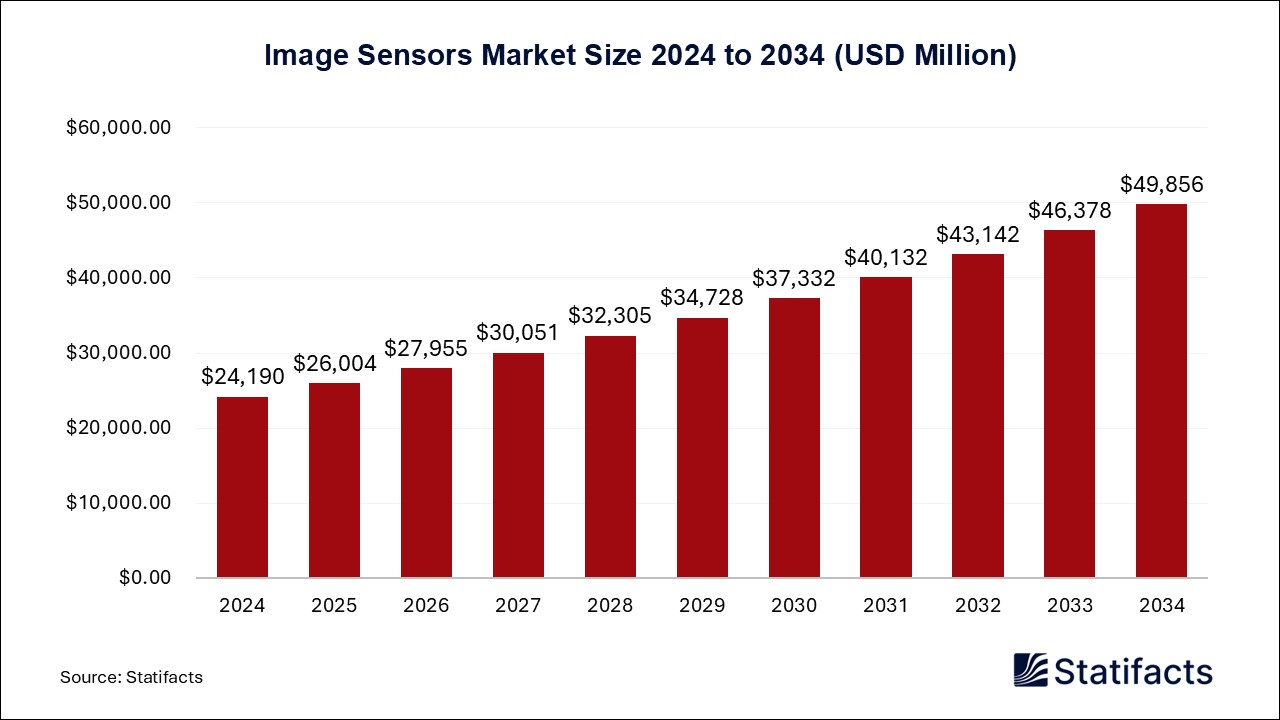The global bicycle carbon fiber helmet market size was valued at USD 392 million in 2024, is projected to reach approximately USD 675.97 million by 2034. This growth, driven by rising demand for lightweight, durable helmets in cycling and sports, is expected at a CAGR of 5.6%.
Bicycle Carbon Fiber Helmet Market Statical Scope
| Reports Attributes |
Statistics |
| Market Size in 2024 |
USD 392 Million |
| Market Size in 2025 |
USD 413.95 Million |
| Market Size in 2031 |
USD 574.03 Million |
| Market Size by 2034 |
USD 675.97 Million |
| CAGR 2025 to 2034 |
5.6% |
| Base Year |
2024 |
| Forecast Period |
2025 to 2034 |
The bicycle carbon fiber helmet market is witnessing significant growth as consumers increasingly prioritize safety, comfort, and aerodynamic performance in cycling gear. Carbon fiber helmets are gaining popularity for their exceptional strength-to-weight ratio, impact resistance, and sleek design. The surge in cycling activities, both as a sport and as an eco-friendly mode of transportation, is fueling global market demand. Adding to this, the growing popularity of cycling competitions, triathlons, and endurance events has boosted demand for premium helmets that enhance performance while minimizing fatigue. Urbanization, rising disposable incomes, and the expansion of dedicated cycling infrastructure in countries such as the U.S., Germany, China, and the Netherlands are further contributing to growth in the sector.
However, the high cost of carbon fiber helmets compared to traditional polycarbonate or ABS models is a major restraint, limiting affordability for casual riders. Moreover, the complex manufacturing process and dependence on high-grade raw materials can lead to supply chain constraints. Despite these challenges, the shift toward premium cycling accessories, advancements in material science, and innovations in ventilation and impact-absorbing liner technologies present strong growth opportunities.
The bicycle carbon fiber helmet market is expected to expand more rapidly as artificial intelligence AI and smart technologies become integrated into product design and manufacturing. Artificial intelligence enables simulation-based testing for impact resistance, aerodynamic optimization, and weight distribution. AI-driven quality control systems enhance production precision, while embedded smart sensors in next-generation helmets can monitor rider performance, detect crashes, and alert emergency services in real time.
Bicycle Carbon Fiber Helmet Market Share, By Region, 2024 (%)
| Regions |
Shares (%) |
| North America |
30% |
| Asia Pacific |
25% |
| Europe |
35% |
| LAMEA |
10% |
- North America – Holds 30% of the market, driven by the large base of recreational and sport riders. Gaining momentum due to rising interest in biking and motorcycling for fitness and leisure activities.
- Europe – Accounts for 35% of the market, with strong adoption in both recreational cycling and motorsports. Dominates due to the well-established cycling culture and regulations encouraging helmet use.
- Asia Pacific – Represents 25% of the market, with growing interest in both commuting and sport activities. Gaining momentum with the rise in motorcycling and cycling, particularly in urban areas.
- LAMEA – Captures 10% of the market, with Latin America, the Middle East, and Africa seeing increased adoption in specific sports and commuting segments. Not dominating due to lower production scale and adoption compared to other regions.
Bicycle Carbon Fiber Helmet Market Share, By Type, 2024 (%)
| Segments |
Shares (%) |
| Half Helmet |
40% |
| Full Face Helmet |
40% |
| Detachable |
20% |
- Half Helmet – Holds 40% of the market, preferred for its lightweight design and comfort in casual and commuter use. Dominates due to widespread adoption in non-competitive, everyday riding scenarios.
- Full Face Helmet – Accounts for 40% of the market, offering comprehensive protection for competitive and recreational riders. Dominates equally with half helmets due to its superior safety features, especially in high-speed and off-road conditions.
- Detachable – Represents 20% of the market, offering versatile designs that allow riders to customize their helmet. Gaining momentum as consumers seek adaptable, multi-functional helmets for both commuting and sport applications.
Bicycle Carbon Fiber Helmet Market Share, By Application, 2024 (%)
| Segments |
Shares (%) |
| Commuter & Recreation |
50% |
| Sport Games |
50% |
- Commuter & Recreation – Represents 50% of the market, catering to casual riders and daily commuters. Dominates due to the high volume of non-competitive cycling and motorcycling activities globally.
- Sport Games – Accounts for 50% of the market, used primarily in competitive and recreational sports like motocross and racing. Dominates equally with commuter use due to the high safety standards and performance needs in sports.
Published by
Vidyesh Swar







